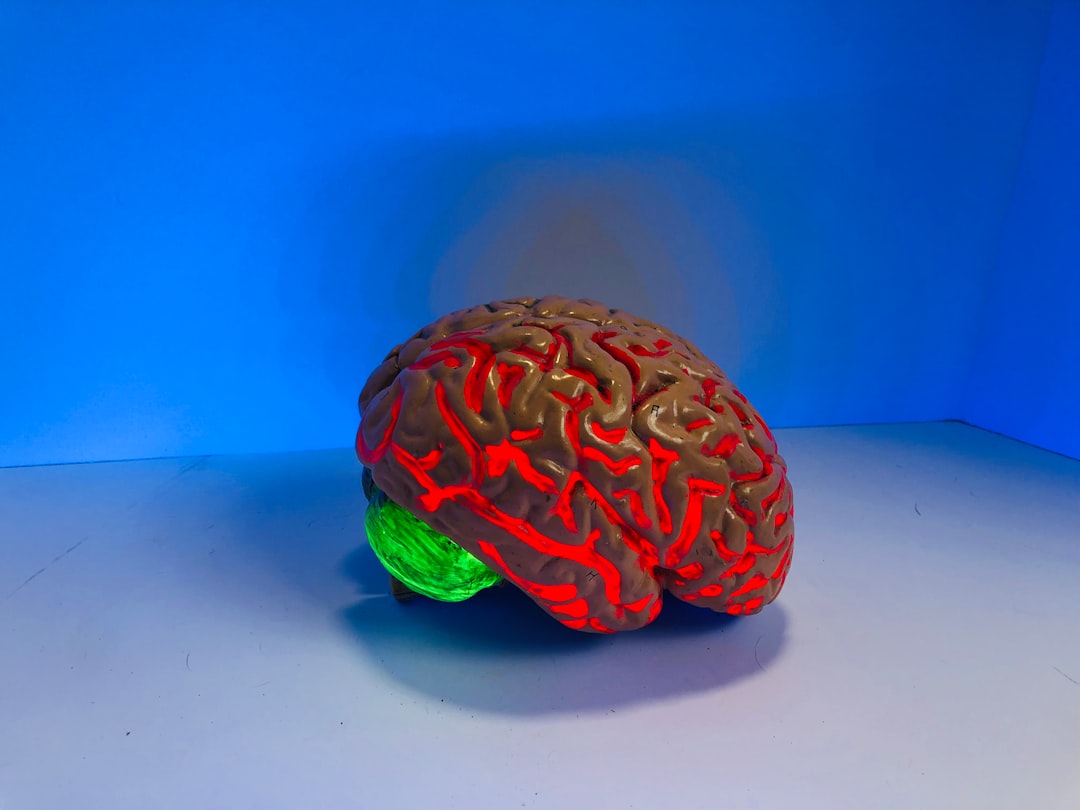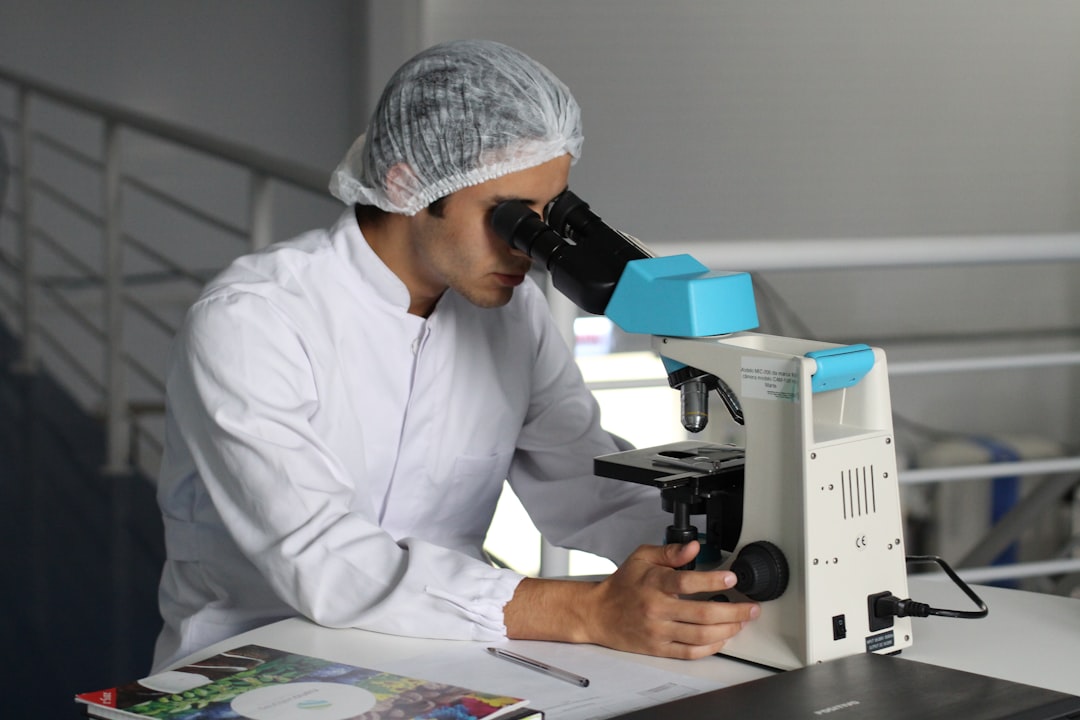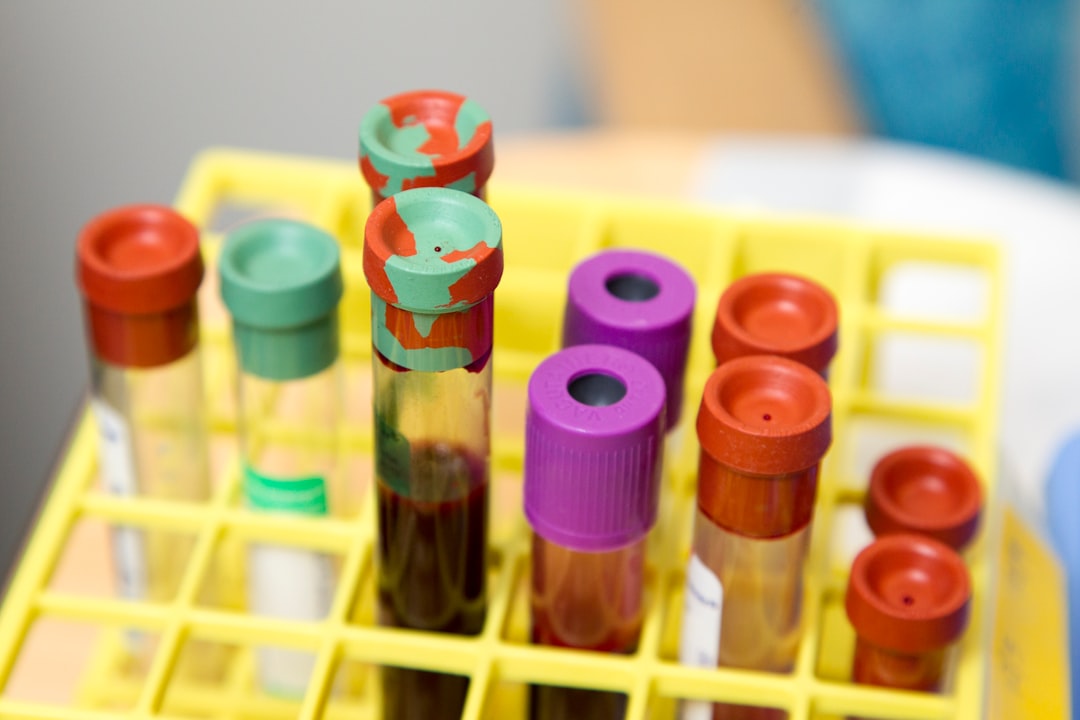What is it about?
Children with recent onset of tics had an MRI of the brain and careful clinical evaluation. Their tics had begun less than 9 months earlier (4 months, on average). Then they returned at the 1-year anniversary of their first tic for follow-up of their tics and other symptoms. We used the MRI and software with known accuracy to measure the baseline volume of several brain structures including the hippocampus. Children with a larger hippocampus when we first met them had more severe tics at follow-up. Since the hippocampus is important for learning both facts and movement, we speculate that children with a larger hippocampus may have trouble un-learning recently developed tics. This hypothesis fits with previous studies showing that children and adolescents with more severe, chronic tics tended to show slower un-learning of motor habits in a research setting.
Featured Image
Why is it important?
Some children who recently started ticcing will go on to have severe tics over years, whereas others will improve quickly. Predicting outcome for these children has been difficult. The only information we have had to predict prognosis has been clinical (like what kind of tics the child has initially, or the child's ability to suppress tics). This report is the first study to measure parts of the brain in this "pre-Tourette" population and then follow up to see whose tics improved most. Combined with other predictors of outcome, this information may in the future help direct behavior therapy or other treatment to those at greatest risk of severe tics in the future.
Read the Original
This page is a summary of: Hippocampal Volume in Provisional Tic Disorder Predicts Tic Severity at 12-Month Follow-up, Journal of Clinical Medicine, June 2020, MDPI AG,
DOI: 10.3390/jcm9061715.
You can read the full text:
Resources
Contributors
The following have contributed to this page










